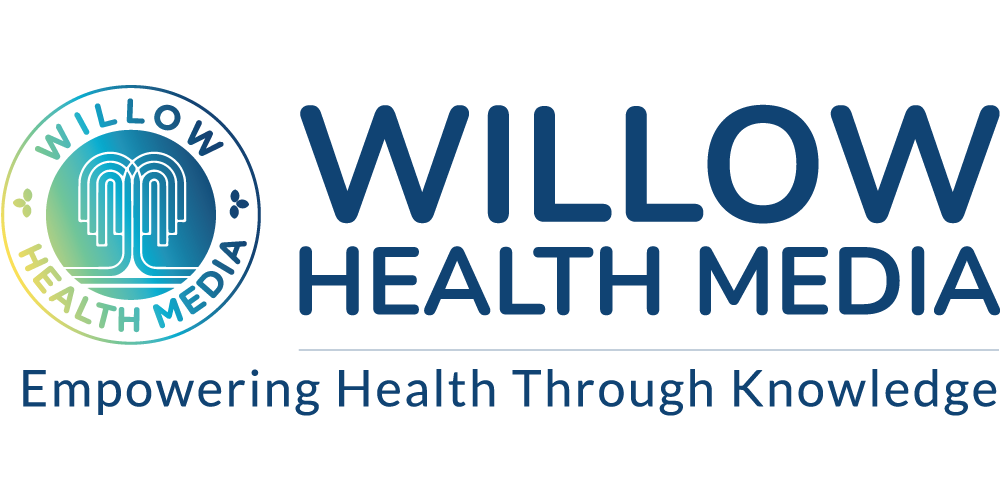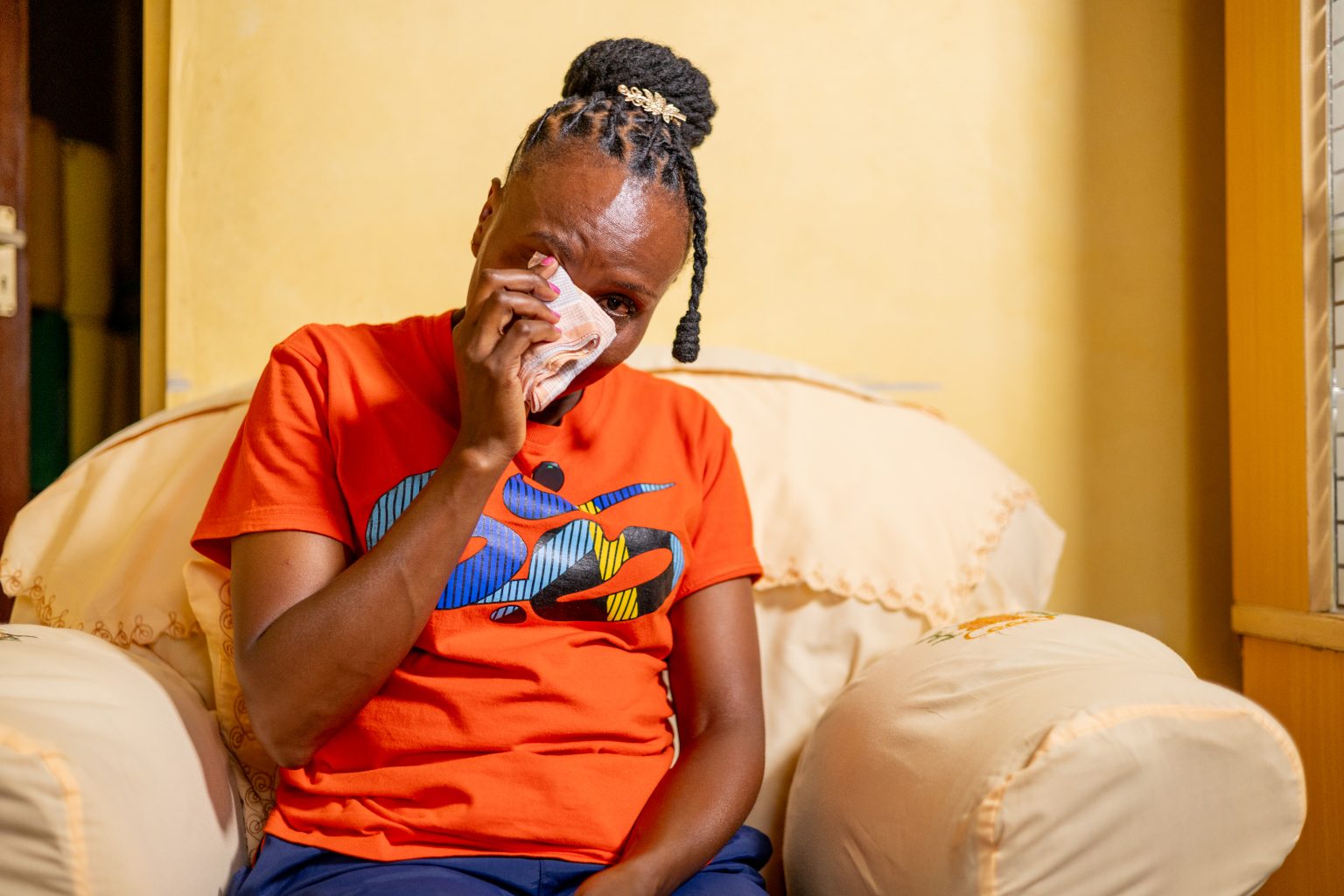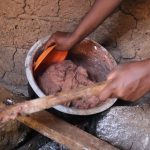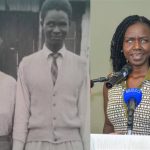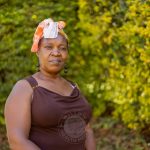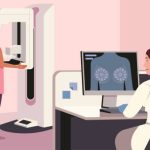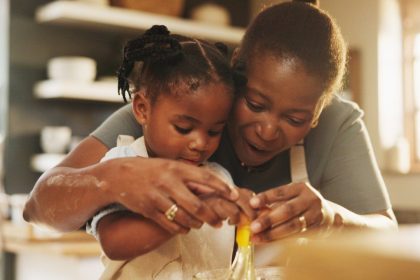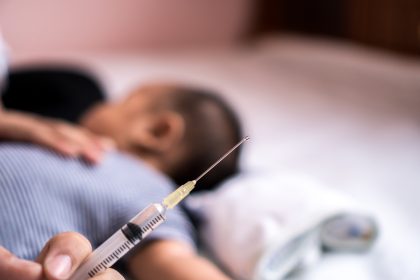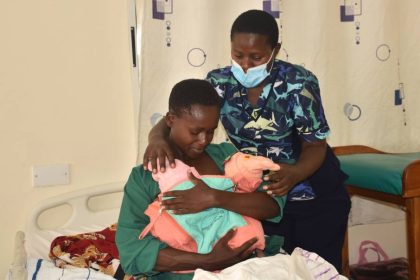Microdeletion-which has no cure, is a tiny missing piece from your body’s genetic instructions. For Cindy Nyambura, it meant seizures, repeated pneumonia, slow growth, draining fluid from her brain and endless hospital visits.
Lucy Wanjiku Mwaura’s pregnancy began with the universal daydreams of motherhood: names, first smiles, that first day of school. But the flutter of life inside her was a prelude to an extraordinary journey she never saw coming.
At 24 weeks, a routine scan revealed an unusual build-up of fluid in the baby’s brain, called hydrocephalus. Doctors referred her to a specialist, explaining that some treatments would have to wait until after birth, leaving Lucy suspended between hope and fear.
Her baby, Cindy Nyambura Ng’ang’a, was born preterm on 10 February 2022. It was the start of hospital visits, tiny syringes of milk, and constant care. Her daughter needed a shunt to drain the fluid from her brain, struggled to breastfeed, and survived on small tube feeds. She also battled such severe reflux that it required a surgical procedure, called a fundoplication, to stop her food from coming back up.
Seizures, repeated pneumonia and slow growth followed. The family learned medical language as they learned a parent’s routine: feeds, medication, clinic visits, and emergency calls.
Eventually, Lucy was referred to Dr Catherine Mutinda, a genetic specialist and paediatrician. For the first time in years, Lucy had the answer she’d been searching for: a tiny but significant change in Cindy’s DNA. It was a microdeletion and a related duplication on chromosome 16. This small change had altered Cindy’s brain development and her body’s ability to manage feeding, immunity, and growth.
So, what is a microdeletion?
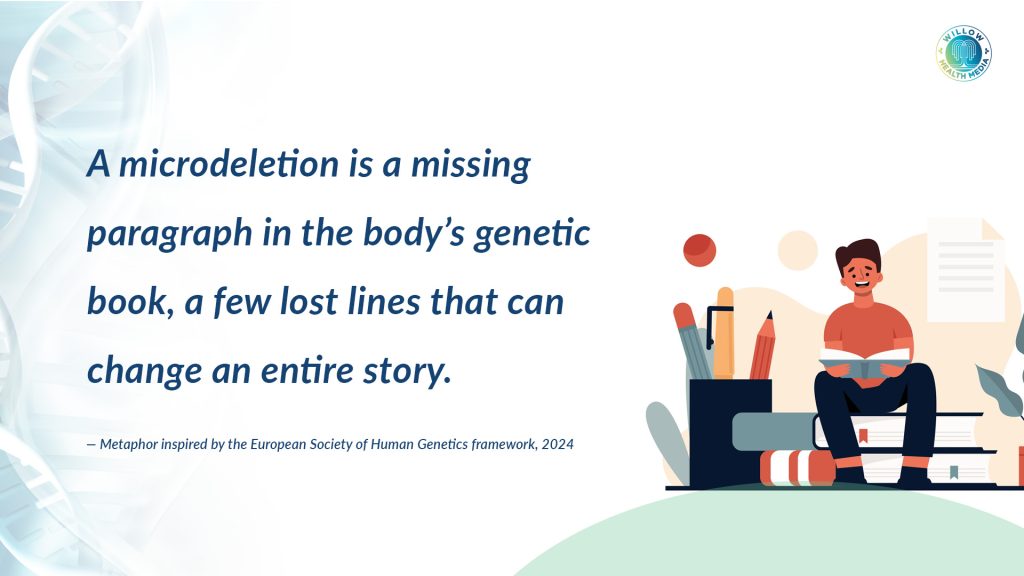
Imagine your body’s instruction manual (the genome) as a very long book with chapters and paragraphs called chromosomes and genes.
A microdeletion is like tearing out a short paragraph: you may not notice it from a distance, but the missing words can change meaning and function in important ways.
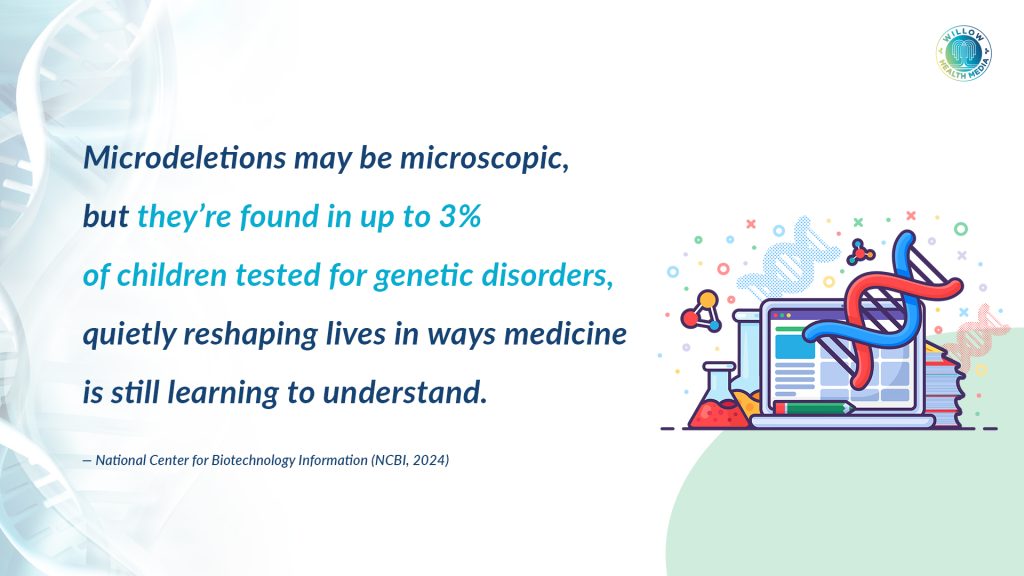
A tiny, missing piece of genetic information can have a major impact on a person’s health
Microdeletions are not one single disease; they are a class of conditions. Different deletions on different chromosomes produce different syndromes and different effects.
One of the most common microdeletions is called 22q11.2 deletion syndrome (or DiGeorge syndrome). It can cause heart and immune system problems, and it occurs in about 1 in every 3,000 to 4,000 births, according to MedlinePlus, U.S. National Library of Medicine – “Chromosome microdeletion”. This shows how a tiny, missing piece of genetic information can have a major impact on a person’s health.
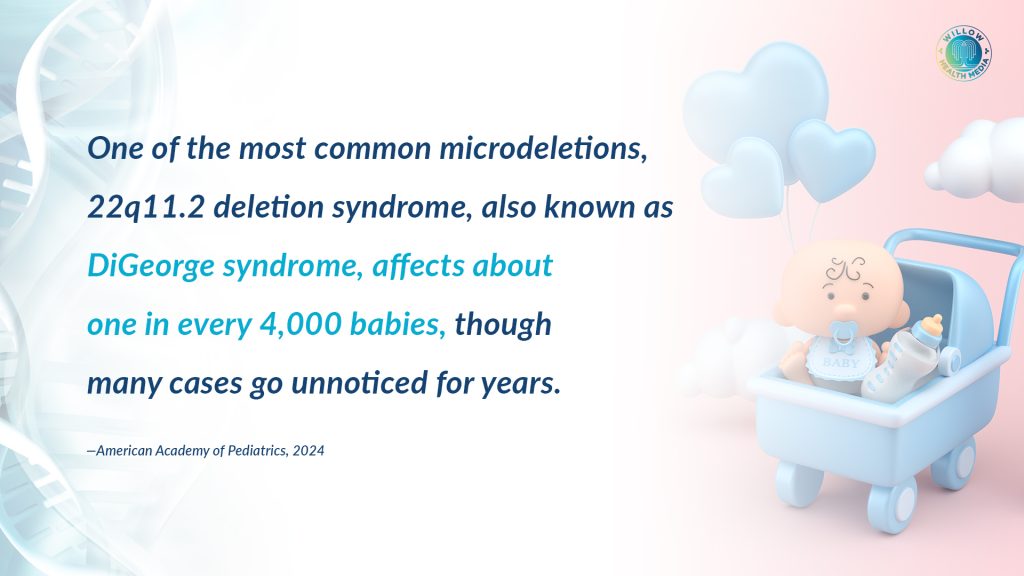
Because microdeletion syndromes vary so much, their signs can be broad: problems detected before birth like hydrocephalus, difficulty feeding, poor weight gain, frequent infections, seizures, learning delays and differences in behaviour or personality. Some children will need surgeries or lifelong therapy; others may have mild signs and live relatively independent lives.
The common thread is that the missing DNA affects development in ways that often require multi-disciplinary care with paediatricians, geneticists, surgeons, therapists and counsellors all playing a role.
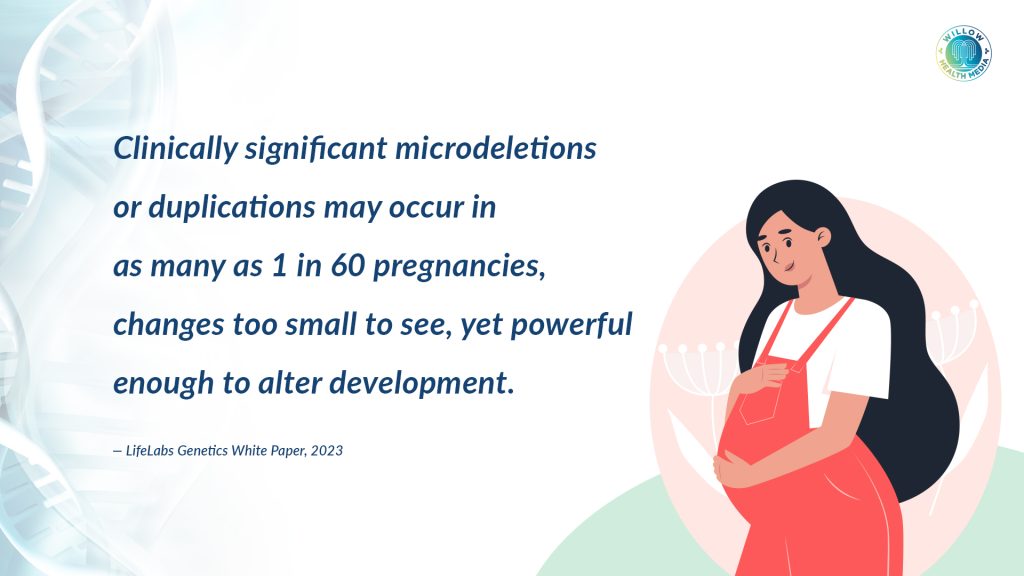
Dr Mutinda says chromosomal problems can often be detected early through a detailed 20-week anomaly scan that checks the baby’s facial structure, limbs, heart, and fetal size in comparison to the amount of amniotic fluid for irregularities.
“These are early indicators that something is off in the baby’s chromosomes,” explains Dr Mutinda, stressing that the test should be done by a qualified foetal specialist in a reputable facility to avoid missed signs.
Cindy was fed via a tube inserted into her stomach, and ‘nannies couldn’t handle it’
Caring for a child with a rare disease can be overwhelming. Lucy says therapy sessions alone cost about Ksh1,200 each, at least two or three times a week, besides medication and hospital expenses.
Though insurance covered most of the costs, even when the policy was almost exhausted, Lucy still believes, “If the government can help children with rare diseases be treated freely or at a lower cost, it will help.”
Lucy would express milk into syringes and feed Cindy 5 millilitres at a time, every three hours. She couldn’t take more than that due to reflux.
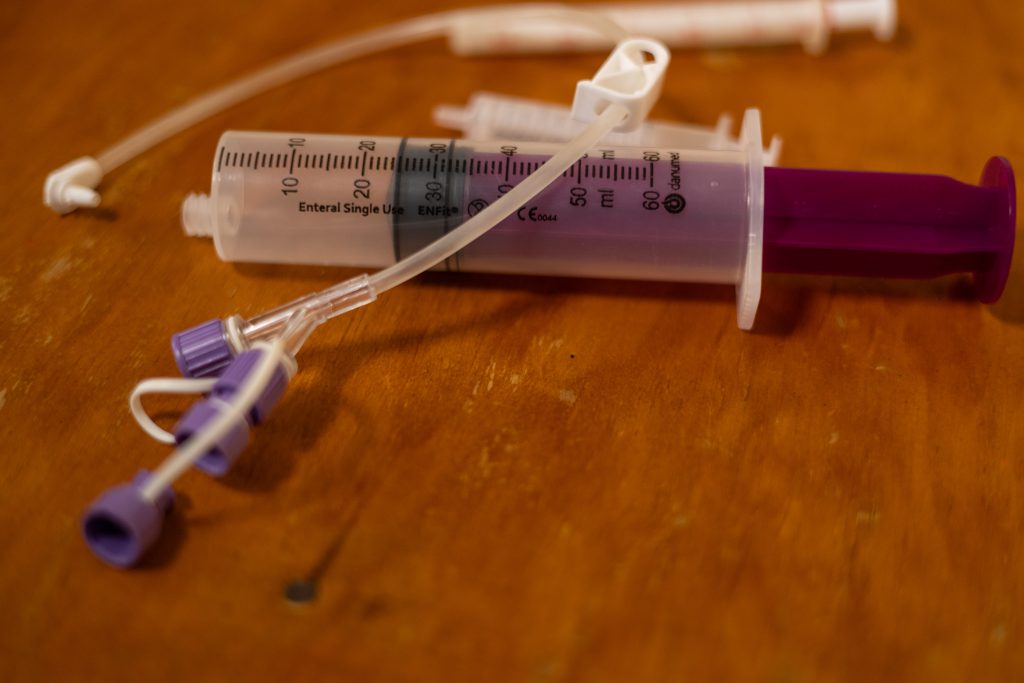
Amid tears, she recalls hiring nannies, who couldn’t stay beyond three days. Cindy was fed via a tube inserted directly into her stomach, and “They couldn’t handle it,” Lucy says softly. “The baby was always unwell. It was so, so hard.”
When her daughter was being prepared for shunt surgery, the neurosurgeon met with Lucy’s family. After assessing Cindy, the doctors explained that children with her syndrome had only a 50 per cent chance of reaching their first birthday and “Every day that passed I kept thinking maybe she would go tomorrow, maybe the next day.”
There is no cure for microdeletion syndromes; early intervention and therapy are key
But thanks to the genetic counselling, Lucy made sense of Cindy’s diagnosis, and from a session of genetic counselling, she was told, “Our daughter will not heal, we’ll have to manage her for the rest of her life,” says Lucy. “It was hard, but it helped us to understand what we were dealing with.”
There is no cure for microdeletion syndromes, as “You cannot change a microdeletion, but you can manage it well and get a good outcome,” says Dr Mutinda. “Early intervention and consistent therapy are key.”
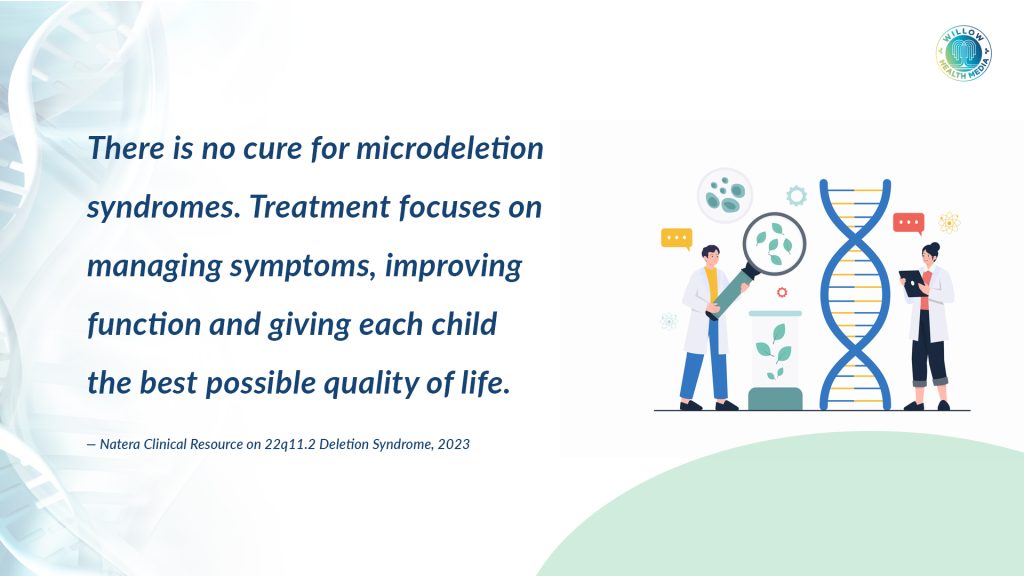
Treatment focuses on managing symptoms and improving quality of life. For Cindy, this meant a neurologist helped control her seizures, a specialist managed her tube feeding, and therapy helped her learn to sit and stand.
Lucy also required psychosocial and financial support, as 24-hour care can be emotionally and physically draining.
On January 10, 2025, Cindy lost her fight to an infection. In the ensuing weeks, Lucy began searching for meaning in the void that remained in meetings by Rare Disorders Kenya, where she met adults living with rare genetic conditions and parents who understood the language of loss and resilience.
‘We were scared,’ Lucy admits on prospect of another child. ‘What if it happens again?’
“I wish she had grown up,” Lucy says quietly. “Even with all her challenges, I would have loved to see her as an adult,” says Lucy, who now advocates for subsidised therapies, affordable medication, and greater public awareness.
“We were scared,” Lucy admits on the prospect of having another child. “What if it happens again?”
To find clarity, Dr Mutinda undertook genetic testing, and both parents tested normal, with no chromosomal abnormalities detected.
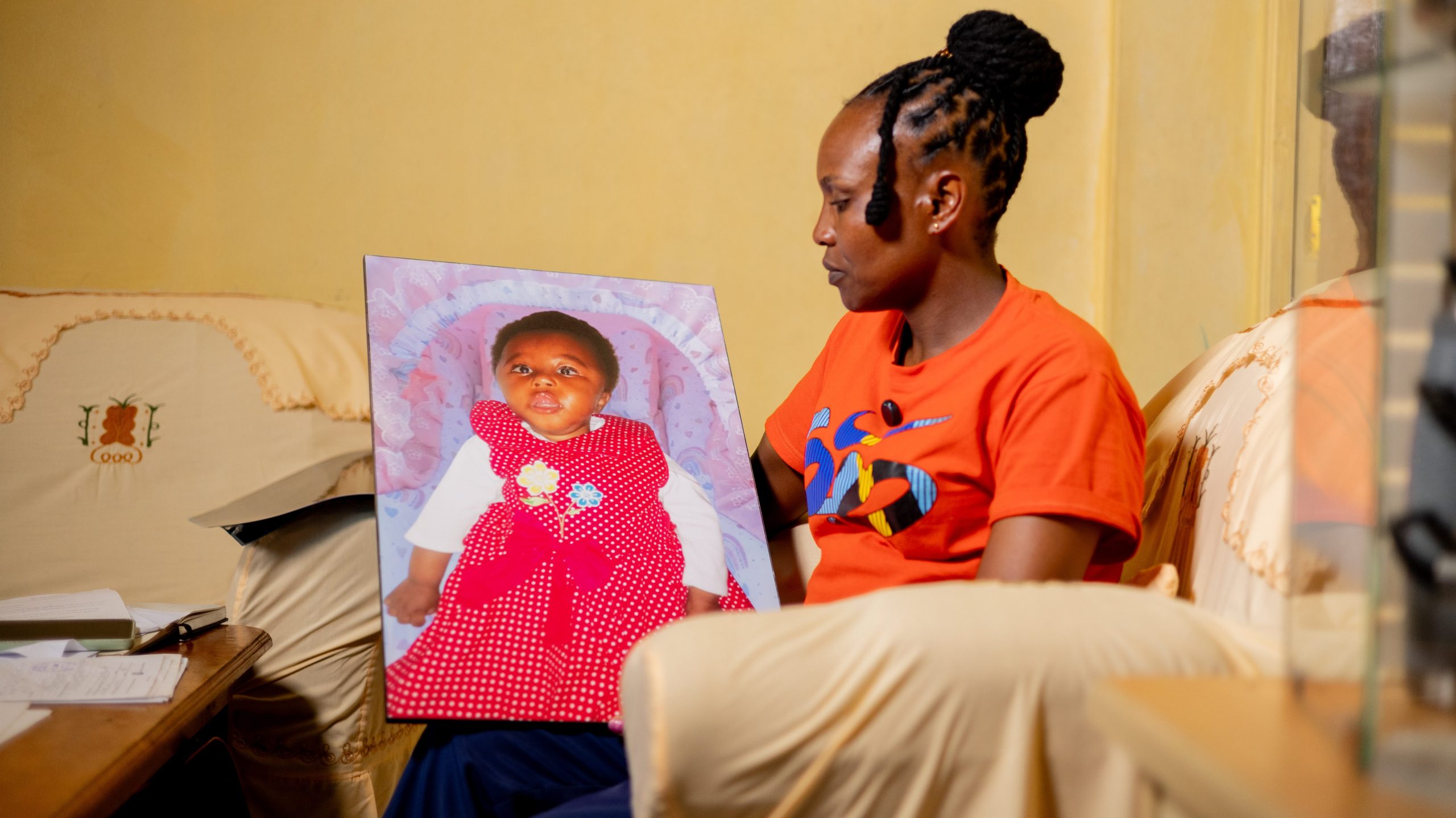
Yet the fear lingers, not from science, but from memory. “We still want another baby,” Lucy says, “but I don’t think the fear ever really goes away.”
Cindy’s life was brief, but clear: tiny changes in our DNA can create large, complicated journeys, and those journeys are lived by families who deserve information, support and dignity. In Lucy’s words: “Sometimes I blamed myself… then I would tell myself I did my best.” Her words are a reminder of quiet courage and deep love, showing that when a family faces the challenge of a missing piece, what they need most is care, not judgement.
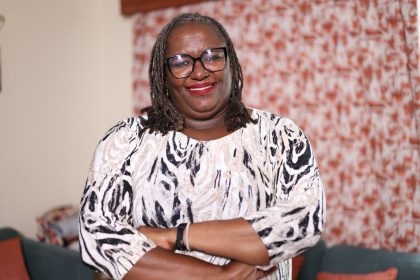
In “Two Daughters, Two Rare Conditions,” a Kenyan mother navigates the care of two children, each with distinct genetic diseases, while confronting a health system that offers little guidance or support.
The story underscores how diagnostic gaps, financial burdens, and social stigma amplify the challenges families face in caring for rare‐disease children.
It becomes a call to action: how a society treats these children begins with how we treat them in private.
